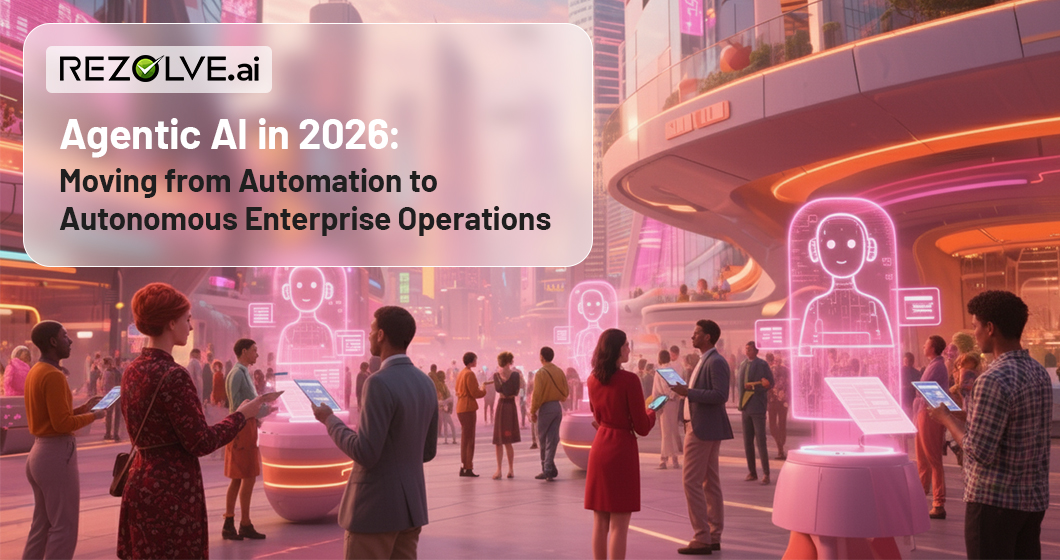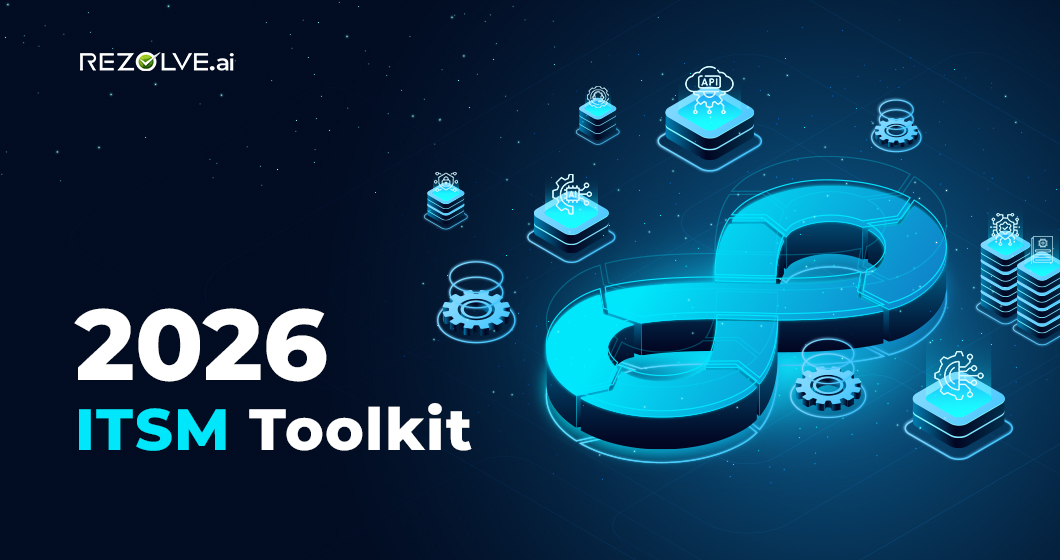It goes without saying that companies across the globe are encountering various challenges such as market instability, looming inflation, great resignation, lagging sales, and threats of recession. As a result, new hire recruitment is slowing, and, in some circumstances, employees are being laid off. The new normal of the distributed work culture and the pressure to maintain service-level agreements (SLAs) and customer satisfaction (CSAT) are the other workplace challenges every corporate company experiences in this ever-evolving IT landscape. Needless to say, there is a greater emphasis on IT service delivery and support performance in these trying times. That IT's efforts are concentrated on doing the correct things in accordance with the business expectations.
In some cases, this will imply changing or even dropping performance targets. However, it also implies that IT companies must be better informed on how well their performance meets the needs of business stakeholders. Particularly when success is reported as meeting the requirements of customers and employees. You must be accountable for the quality of the IT services you provide to our clients if you are an IT service management (ITSM) expert.
Service level agreements (SLAs) are one of the best ways to accomplish this, and when done correctly, they may make a significant difference in service quality levels and customer satisfaction. Who doesn't desire satisfied customers? And if you want to enhance your CSAT levels- you have to invest in employees and provide the right employee support.
Despite this, most businesses rely on older, more traditional service desks that provide fragmented and delayed employee help. When employees have to wait for a long time for technical or non-technical support, they become frustrated and start searching for relevant information to perform their daily tasks, ultimately leading to a loss in productivity and hindering employee experience. The management doesn't have an accurate understanding of the employees' challenges, nor do employees communicate their feelings to them. As a result, service-level agreements (SLAs) and key performance indicators (KPIs) may be met, but your employees are dissatisfied with the support and services. Ultimately this will impact on the overall workplace productivity and a drop in ROI. This sounds exactly like a watermelon, doesn’t it? - Outside, it's green, but inside, it's red.
But what is exactly called the watermelon effect of SLAs on ITSM? Have you heard of watermelon effects before? If you are interested in learning more about watermelon effects, keep reading this blog.
What is Watermelon Effects on SLAs?
The term Service-Level Agreement (SLA) refers to a contract between the IT service desk and the customer for what services will be provided and in what timeframe.
For example, suppose you are GenAI-enabled service desk provider. In that case, your customers expect instant support from your IT support team or service desk agents when they experience trouble resetting passwords or configuring laptops. Your service level agreement (SLA) specifies whether the IT service desk team will reset your password or configure your laptop and the estimated resolution time. ITSM SLAs are similar to HR SLAs.
Consider another scenario in which your newly onboarded employee has requested accessing a marketing staging database to understand the nature of clients, which needs approval from the chief marketing officer (CMO), or the new hire wants to know his/her benefits support provided by the company. Here, the HR team should give employees access to all relevant documents as soon as they join your firm. Every department in an organization most likely implemented customer SLAs and internal SLAs (employee SLA) to outline the limitations and terms of responding to such requests.
In short, the ultimate goal of the SLA practice is to establish precise, business-based targets for service performance, allowing for proper evaluation, monitoring, and management of service delivery in relation to these targets. However, there are several reasons to set well-defined SLAs, but the most critical benefit is an enhanced employee experience and engagement. An organization can save money, improve metrics and reporting, set more precise self-service goals, and realize higher self-service ROI by investing in employee experience.
Service Level Agreements (SLAs) and Key Performance Indicators (KPIs) do not always reflect the actual level of service provided. The service desk provider who focuses on maintaining contractual service level agreements is unlikely to maintain relationships with employees and customers. And this is where the term 'watermelon effect' comes from.
Many IT leaders are affected by the fearsome "watermelon effect" without even realizing it. The watermelon effect occurs when employees are afraid to tell management what they believe and how things always go. However, they color all the metrics green, as if everything is fine, even though it isn't. As a result, if you took a closer look, you would find that the reality was red, like a watermelon. This indicates poor service, and angry and unhappy customers.
What are the Root Causes for Watermelon Effect on ITSM?
Watermelon effect generally occurs:
- When you are not quantifying the right metrics
The SLAs of IT service managements are typically tracked monthly with specific goals and penalties if the goals are not met. Often, suppliers achieve the defined SLA targets but cannot meet business goals. Although senior management might see good reports, customers and end-users still have negative feedback. This means your data is not providing you with the correct story. When your analytics neglect the end-user perspective or track irrelevant metrics, the watermelon effect can occur (for example, focusing on volume rather than outcome). - When you are not measuring employee experience
Investing in employee experience is crucial for every business, regardless of size or industry. Investing in employee experience is crucial for every business, regardless of size or industry. Because when an organization delivers a positive employee experience, it boosts employee satisfaction. Consequently, employees will feel more connected to the workplace and start performing better. It will significantly impact financial outcomes such as return on assets (ROA) and return on sales (ROS). Unfortunately, many businesses still do not prioritize experience. According to an IDC poll, more than 81% of organizations invest in their customer experiences, while around 70% do not assess or invest in the employee experience. This will ultimately hinder the ROI. - When you do not prioritize feedback
If your organization's culture does not encourage employees or customers to speak out or provide feedback, it will be more challenging to collect valuable experience data. It is difficult for higher management to make informed decisions when it is unaware of the significant issues and challenges the employees or end users face. It is a fact that many leaders believe this, but they don't have any clue how to access the actual state of affairs. To collect the correct data, you must first determine what matters most to key stakeholders, consumers, and employees and what usually causes dissatisfaction. When the management cannot articulate their primary source of dissatisfaction, reviewing the feedback or survey or the recent tickets raised by the employee or the end-user is often helpful. - When you do not provide seamless employee support
Imagine a scenario it's almost 10 pm, and your remote employee is working and encounters a critical issue with his laptop or PC. It is not possible for them to do it on their own, so they require assistance. But there is no human IT service desk agent available, so the employee has to create a ticket and wait 40 - 50 minutes for a human agent to fix it with remote access. A major pain point for employees! If it is a "low priority" issue, the IT service desk agents react within the necessary time range, troubleshoot it, and eventually resolve it. It might appear that everything is going smoothly initially, but it's not. Because here, your employee has to wait for a long time for a service desk agent to come and look into the issue. If you ask for feedback, he might have revealed that he/she is dissatisfied with the support provided.
How to Avoid Watermelon Effects in ITSM?
ITSM's watermelon effect refers to the fact that SLA metrics appear green on the outside but are red on the inside. To put it another way, the IT service desks see green while the end-users and employees see red. Being a next-evolution of ITSM, Rezolve.ai AITSM solution, supports IT organizations in gaining a real-time perspective of how various IT projects affect end-user experience. Rezolve.ai focuses on providing contextual and personalized employee support within 10-15 seconds and driving up self-service and high levels of auto-resolution with reduced service cost using advanced technologies such as Generative AI and automation. This GenAI SideKick seamlessly integrates into your employee ticketing software and support operations, elevating the capabilities of IT support teams or technicians for optimal efficiency. So what does it means? This means, Rezolve.ai is redefining your IT support heroes roles, enhancing the overall work experience to new heights.
At Rezolve.ai, we invest in employee support and experience by "automating" most of the repetitive tasks and issues that employees encounter daily. With Rezolve.ai, employees get the right IT support within seconds by chatting with the Rezolve.ai's GenAI-enabled chatbot that works within MS Teams. Furthermore, it also offers advanced features like GenAI-enabled knowledge management system, a conversational ticketing system' and a No-code automation studio. Utilizing out-of-the-box automation skills, Rezolve.ai helps organizations achieve low incident response times, amazing auto resolution rates, and higher customer satisfaction scores (CSAT).
When you implement Rezolve.ai, it can auto-resolve around 45% of employee tickets and enhance service desk efficiency and employee productivity by 70%. It also offers an employee engagement survey that helps IT managers to receive real-time feedback, grievances, and policy impact analysis etc. - with the click of a button. This enables organizations to prevent the watermelon effects on ITSM and hear the voice of the employees. Ultimately, your employees could perform better at the workplace, eventually boosting your customer satisfaction level.
This marks your ITSM’ SLAs and CSAT level – green!
Say Goodbye to Watermelon Effects on ITSM with Rezolve.ai's AITSM Solution. Schedule Your Demo Now
FAQs
1. What is the watermelon effect in ITSM?
In the world of IT Service Management (ITSM), the phrase "watermelon effect" refers to situations in which performance metrics seem green on the outside (much like the skin of a watermelon), but are actually red or troublesome on the inside.
2. Why does the watermelon effect happen?
It frequently happens when underlying problems are hidden by measuring key performance indicators (KPIs). Though underlying issues may not be apparent, they do exist.
3. Which signs of the watermelon effect are typical?
High customer satisfaction ratings, seemingly positive reports, and green indicators on dashboards might all be warning signs. But a closer look exposes the real, potentially dangerous, situation.
4. Is ITSM prone to the watermelon effect?
Yes, this is a typical problem. Many firms find it difficult to match the performance of their ITSM procedures with surface-level KPIs.
5. How often should we keep an eye out for the watermelon effect?
It is imperative to monitor regularly, ideally in real-time. Waiting for evaluations that are scheduled could lead to problems getting worse and exacerbate the watermelon effect.


530x280.avif)


.webp)




.jpg)

.png)








.png)